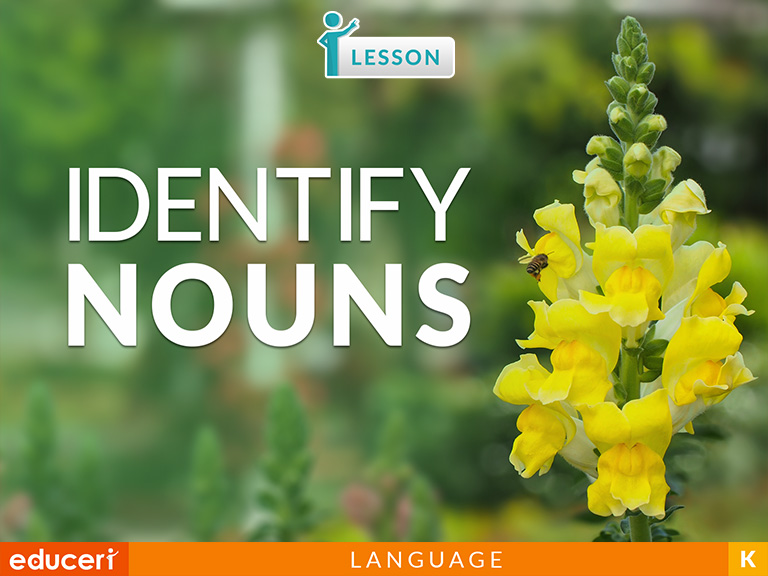All Lessons

Capitalize the First Word of a Sentence
This writing conventions lesson focuses on capitalizing the first word of a sentence The lesson includes research-based strategies and questions that help prepare students for assessments. This lesson practices using uppercase letters as a rule when writing the first word in a sentence. In addition to the lesson, there are four pages of Independent Practice and review with questions modeled after current adaptive testing items.
Share This Lesson

Identify Which Set Has Less Than
This number sense lesson focuses on identifying which set has less than. The lesson includes research-based strategies and strategic questions that prepare students for assessments. In this lesson, the students count each set in a pair and write the numbers. Then, they identify which set has less than and explain why. In addition to the lesson, there are four pages of Independent Practice and review modeled on current adaptive testing items.
Share This Lesson

Identify Which Set Has More Than
This number sense lesson focuses on identifying which set has more than. The lesson includes research-based strategies and strategic questions that prepare students for assessments. In this lesson, the students count each set in a pair and write the numbers. Then, they identify which set has more than and explain why. In addition to the lesson, there are four pages of Independent Practice and review modeled on current adaptive testing items.
Share This Lesson

Count Objects (11-20)
K.CC.4 Understand the relationship between numbers and quantities; connect counting to cardinality.
K.CC.4.AK.CC.4.A When counting objects, say the number names in the standard order, pairing each object with one and only one number name and each number name with one and only one object.
K.CC.4.BK.CC.4.B Understand that the last number name said tells the number of objects counted. The number of objects is the same regardless of their arrangement or the order in which they were counted.
K.CC.4.CK.CC.4.C Understand that each successive number name refers to a quantity that is one larger.
K.CC.5K.CC.5 Count to answer "how many?" questions about as many as 20 things arranged in a line, a rectangular array, or a circle, or as many as 10 things in a scattered configuration; given a number from 1-20, count out that many objects.
Share This Lesson

Produce Complete Sentences (Oral)
This Language lesson requires students to produce simple sentences using subjects and intransitive verbs. The lesson includes research-based strategies and strategic questions that prepare students for assessments.
Share This Lesson

Recognize and Name End Punctuation
Share This Lesson

Determine the Meaning of Multiple-Meaning Words
This language lesson has students determine the meaning of multiple-meaning words.
Share This Lesson

Share This Lesson

Produce Complete Sentences (Writing)
This Language lesson requires students to produce simple sentences using subjects and intransitive verbs. The lesson includes research-based strategies and strategic questions that prepare students for assessments.
Share This Lesson

Count to 100 by Ones
(B) Use a problem-solving model that incorporates analyzing given information, formulating a plan or strategy, determining a solution, justifying the solution, and evaluating the problem-solving process and the reasonableness of the solution
1.2.C(C) Use objects, pictures, and expanded and standard forms to represent numbers up to 120









